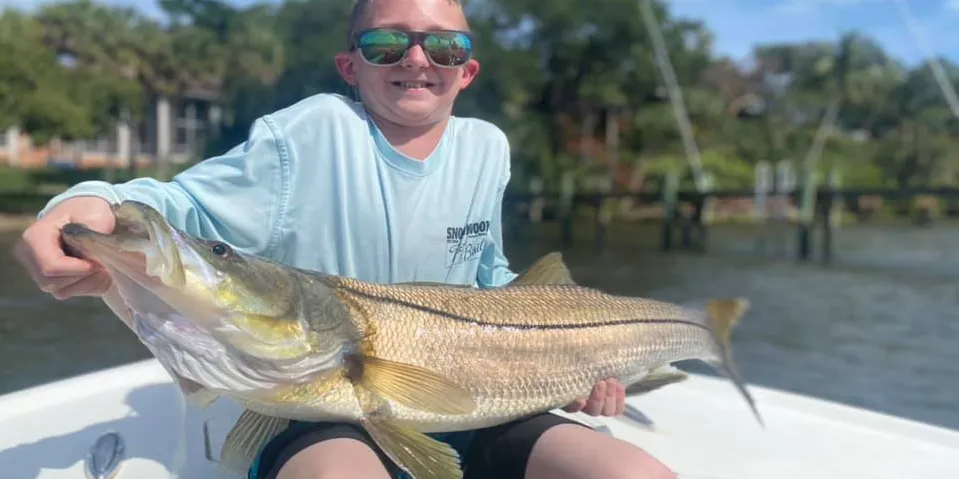Introduction: A Snook’s Feeding Habits
The snook, a fascinating and sought-after species among anglers, often sparks curiosity about its feeding habits. One prevalent question is whether snook are bottom feeders. In this article, we’ll delve into the feeding behavior of snook, dispelling the myth and shedding light on their preferred feeding zones.
Understanding Snook Feeding Behavior: Contrary to the misconception that snook are bottom feeders, their feeding behavior is more versatile. Snook are opportunistic predators that target a variety of prey, and their feeding habits adapt to different environments and available food sources.
- Ambush Predators: Snook are renowned for their ambush predation strategy. Instead of scouring the bottom for food, they prefer lurking near structure-rich areas like mangroves, docks, and bridges. From these vantage points, snook patiently await passing prey, exhibiting lightning-fast strikes when the opportunity arises.
- Midwater and Surface Feeding: While snook may feed near the bottom when the circumstances warrant it, they are equally comfortable hunting in midwater and near the water’s surface. This adaptability allows them to pursue a wide range of prey, from small baitfish to crustaceans and even the occasional topwater lure.
- Feeding on the Move: Snook often exhibit a stalking behavior, moving along drop-offs, channels, and seagrass beds to find their next meal. Their preference for areas with good water movement means they can opportunistically feed on various prey items cruising by.
- Varied Diet: Snook’s diet includes shrimp, baitfish, crabs, and other small aquatic creatures. This diverse menu showcases their ability to feed at different depths within the water column.
Debunking the Bottom Feeder Myth:
The notion of snook as bottom feeders likely stems from their association with structure and the misconception that they consistently feed near the seabed. However, understanding their versatility and ability to adapt their feeding strategies dispels this myth.
Conclusion:
In conclusion, snook are not strictly bottom feeders. Their feeding behavior is dynamic, allowing them to exploit opportunities at various water depths. Whether near the surface, in midwater, or closer to the bottom, snook’s adaptability makes them formidable predators with a diverse palate. Anglers should approach snook fishing with a nuanced understanding of their feeding habits, increasing the chances of a successful and thrilling catch.

















